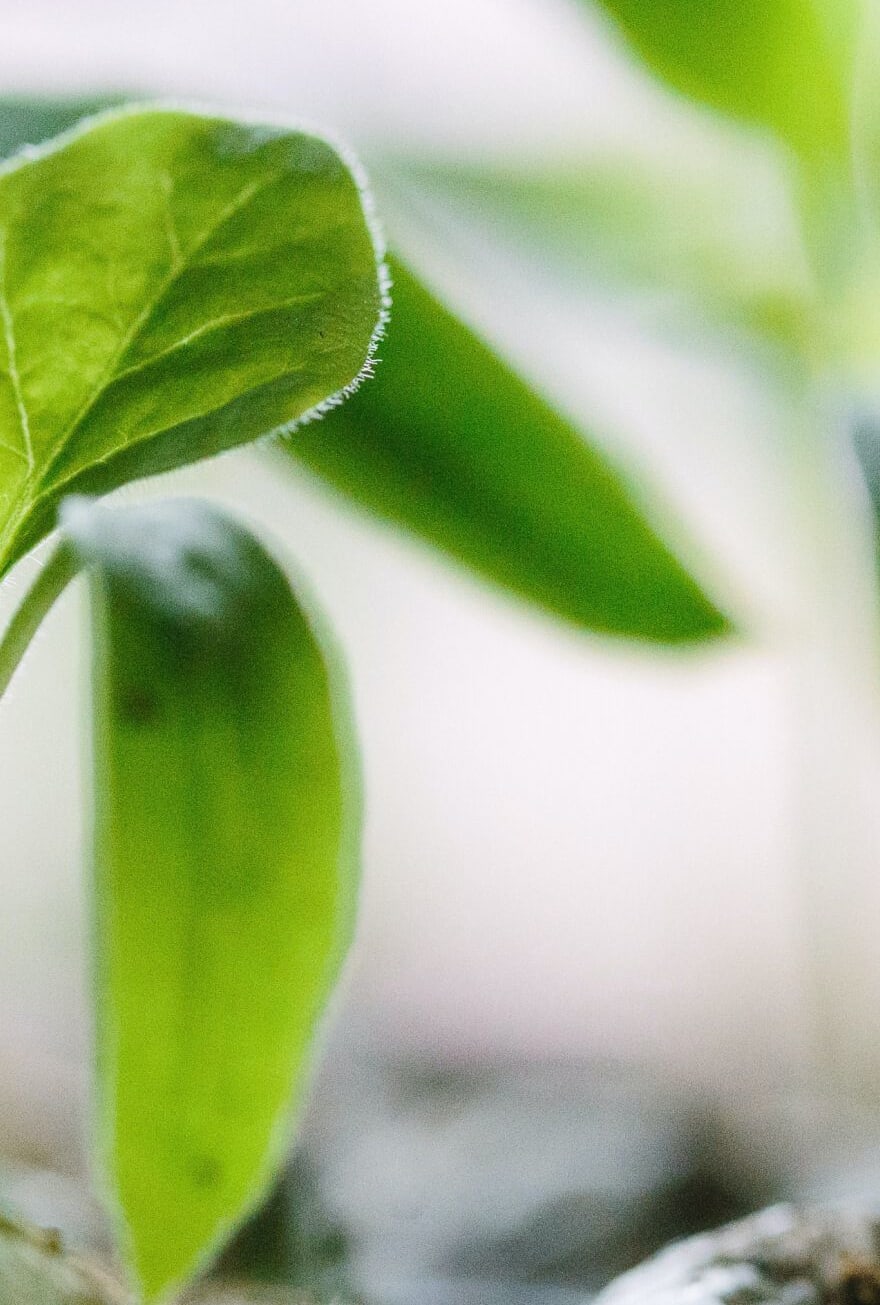Knowde Enhanced TDS
Identification & Functionality
- Chemical Family
- Polymer Name
- Plastics & Elastomers Functions
- Technologies
Features & Benefits
- Labeling Claims
- Materials Features
- Processing Considerations
- BC 27240 can be run on existing processing equipment and is generally used for monolayer films.
- Films made with NuPlastiQ are more sensitive to processing conditions such as temperature profile, residence time, die gap, and blow-up ratio. See the NuPlastiQ Film Processing Guide for additional information. typical recommended temperature profile will be in the 130°C – 165°C range.
- Depending on equipment, process conditions, and residence time, as temperatures increase in this range the glycerin plasticizer may experience some volatilization. This may cause a slight odor and/or smoke and is expected under normal processing conditions. Always use proper ventilation. See the BioBlend® BC 27240 SDS for details.
- Melt temperatures above 175°C may cause material degradation, lensing, and fish-eyes in the film.
- If extruder operation must be stopped temporarily, it is recommended to purge the material in the barrel before resuming film processing or material degradation will occur.
Applications & Uses
- Markets
- Applications
- Compatible Polymers & Resins
- Plastics & Elastomers End Uses
- Plastics & Elastomers Processing Methods
- Applications
- BioBlend® BC 27240 is intended for films and bags.
- Used for products that require biodegradation and are intended for compost environments.
Properties
- Mechanical Properties
- Physical Properties
- Thermal Properties
- Typical Properties
- Film Properties
- Flexural Properties
- Notes
- Moisture content was measured with an infrared moisture analyzer at 105°C for 10 minutes.
- Mechanical properties were measured on injection molded parts made directly from 100% BC 27240.
- The reported film properties are for a monolayer blown film from 100% BC 27240. The thickness was 1.0 mil, and the blow-up ratio was 2.5:1.
- These values are typical properties only and should not be used for specification purposes. End users should confirm results with their own tests.
| Value | Units | Test Method / Conditions | |
| Tensile Strength at Break | 12 | MPa | D638 |
| Elongation at Break | 272 | % | D638 |
| Tensile Secant Modulus | 195 | MPa | D638 |
| Value | Units | Test Method / Conditions | |
| Density | 1.3 | g/cm3 | ASTM D792 |
| Value | Units | Test Method / Conditions | |
| Melt Flow Index | 3.7 | g/10 min (190 °C/2.16 kg) | ASTM D1238 |
| Value | Units | Test Method / Conditions | |
| Water Content (1) | max. 0.5 | % | ASTM D6980 |
| Value | Units | Test Method / Conditions | |
| Dart Drop Test (3) | 360 | g | ASTM D1709 |
| Elmendorf Tear MD (3) | 400 | g | ASTM D1922 |
| Elmendorf Tear TD (3) | 110 | g | ASTM D1922 |
| Elongation at Break MD (3) | 290 | % | ASTM D882 |
| Elongation at Break TD (3) | 530 | % | ASTM D882 |
| Tensile Strength MD (3) | 23 | MPa | ASTM D882 |
| Tensile Strength TD (3) | 21 | MPa | ASTM D882 |
| Value | Units | Test Method / Conditions | |
| Flexural Modulus | 237 | MPa | D790 |
Regulatory & Compliance
- Certifications & Compliance
- Chemical Inventories
Packaging & Availability
- Country Availability
- Packaging Type
- Regional Availability
Storage & Handling
- Storage and Drying
- BioLogiQ BioBlends are dried after production and shipped in sealed moisture-proof bags that are ready to use assupplied. They should be stored indoors in the sealed container away from heat until used.
- If pellets are exposed to a humid environment, they will absorb moisture from the air. If needed, dry pellets byintroducing warm dry air at no more than 60°C for 1-4 hours.
- The estimated moisture content of a BioLogiQ BioBlend can be measured with an infrared moisture analyzer at105°C for 10 minutes. The result of the measurement will not perfectly equal the moisture content, due to possiblepartial evaporation of plasticizer. The result from this test should be <0.5% moisture prior to processing.

